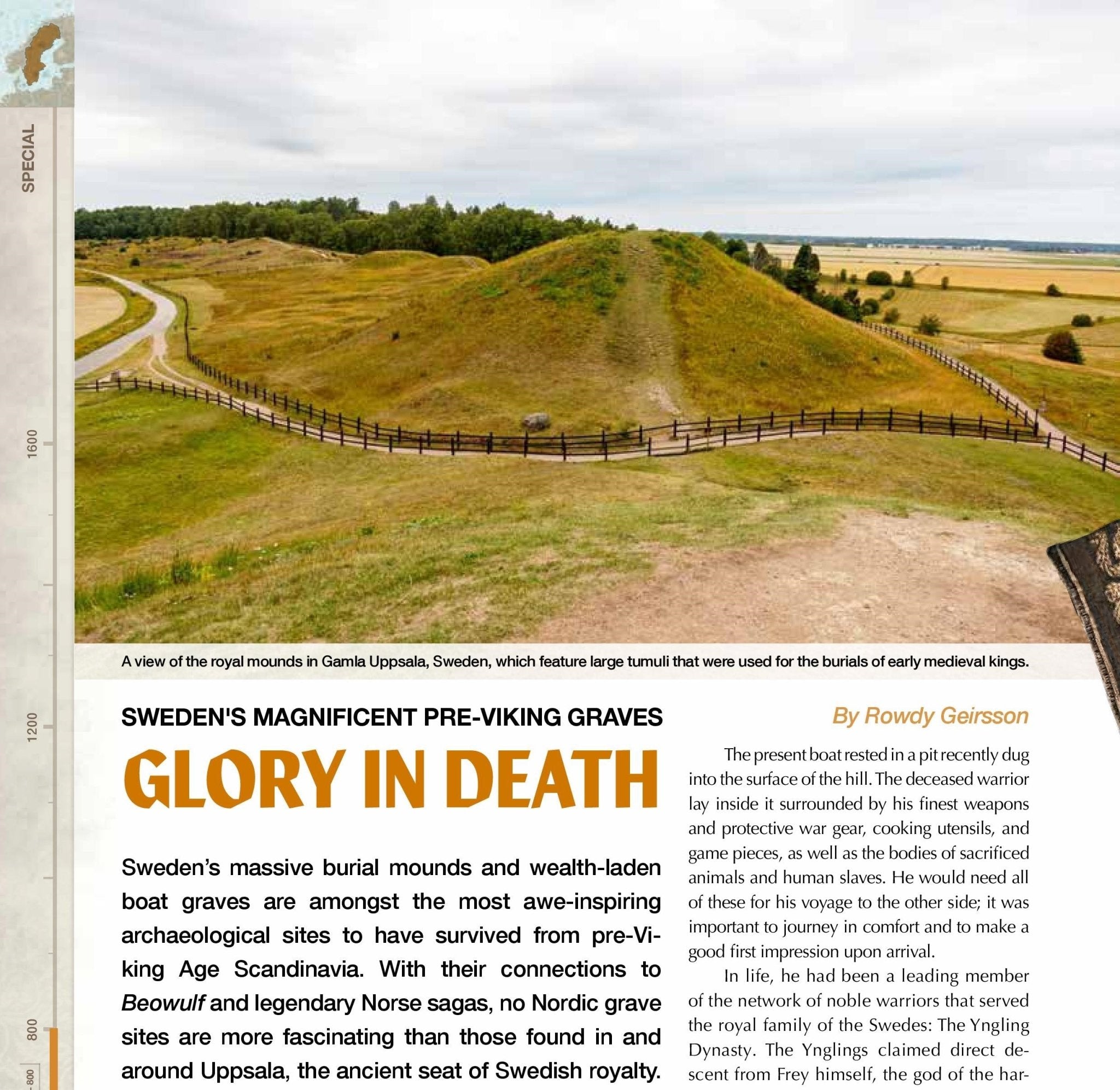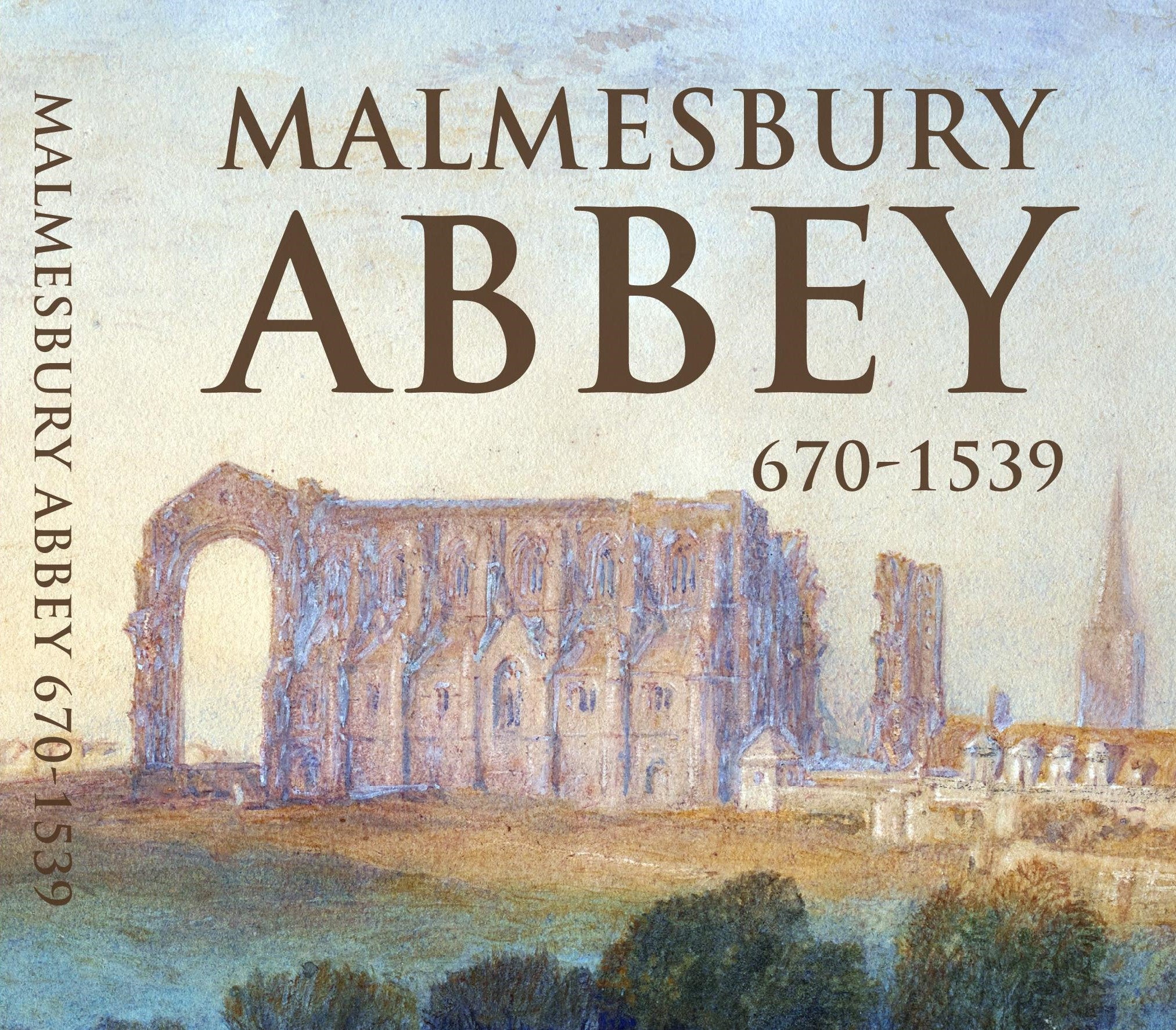Albertus Magnus on Warhorses
We can sometimes find small bits of interesting reports about medieval warfare from unusual sources. This can be seen in a thirteenth century book about animals.
De animalibus (On Animals) is one of several surviving works by Albertus Magnus (d.1280), who is considered one of the leading scholars of the Middle Ages. A Dominican friar and bishop from Germany, Magnus wrote on a wider variety of topics, from music to philosophy to astronomy. The natural world was one of his main interests, and De animalibus is a vast collection of information about creatures large and small.
In a long section devoted to horses, Magnus explains there are four types of creature: warhorses, palfreys, racehorses and workhorses. He then starts with a description of warhorses, which offers some insights into how they behaved during battle:
War-horses are not castrated because they are rendered timid by castration. It is a trait of these horses to delight in musical sounds, to be excited by the sounds of arms, and to gather together with other chargers. They also leap and burst into battle lines by biting and striking with their hooves. They sometimes care so much about their masters and grooms that, if they are killed, the grow and pine away, event to the point of death. In sadness they sometimes cry and from this there are those who forecast concerning a future victory or defeat.
The last lines about weeping horses seem to be following a tradition that goes back to ancient Greece. Magnus goes on to discuss the other types of horses and then moves on how they should be taken care of and various diseases that can harm them.
His work has been translated (in two hefty volumes) as On Animals: A Medieval Summa Zoologica, by Kenneth F. Kitchell Jr. and Irven Michael Resnick, and published by The John Hopkins University Press in 1999.
You can learn more about warhorses in Anastasija Ropa’s article, “How much is your warhorse? Horse trading in 14th-century England,” which can be found in Medieval Warfare IX.2.





